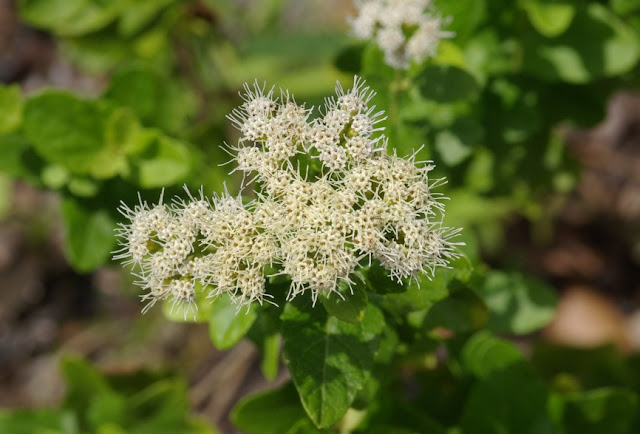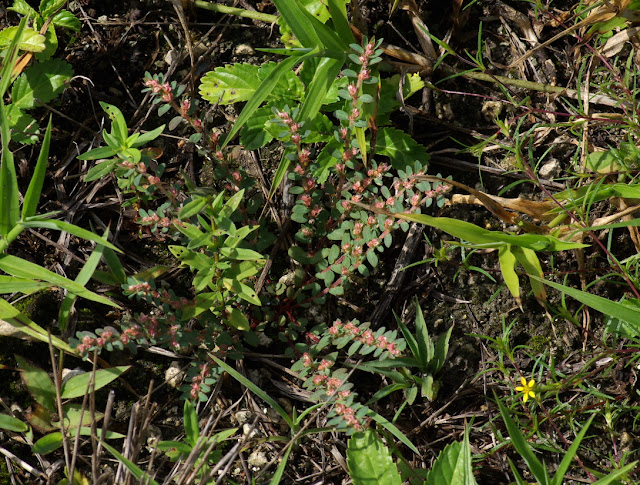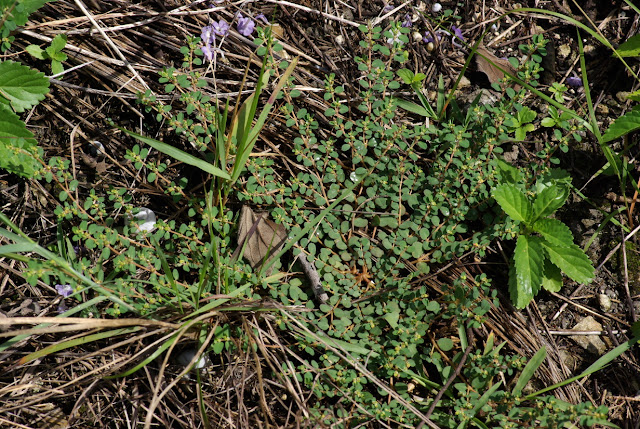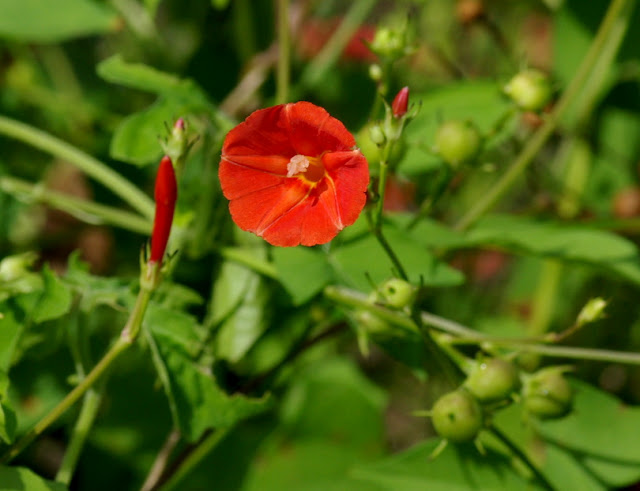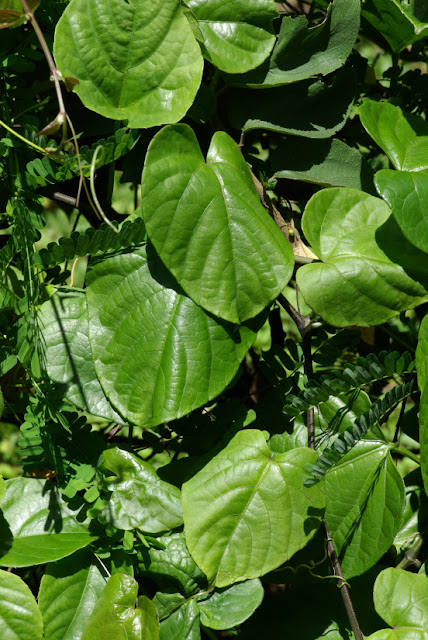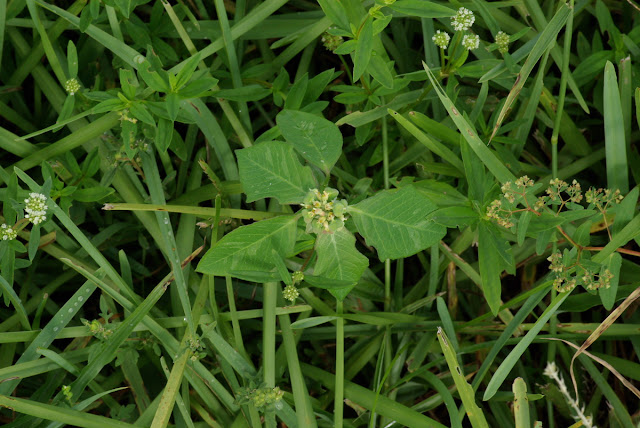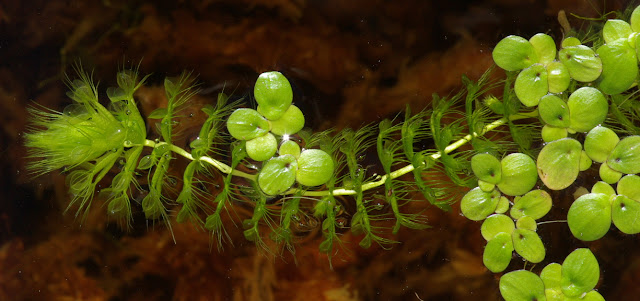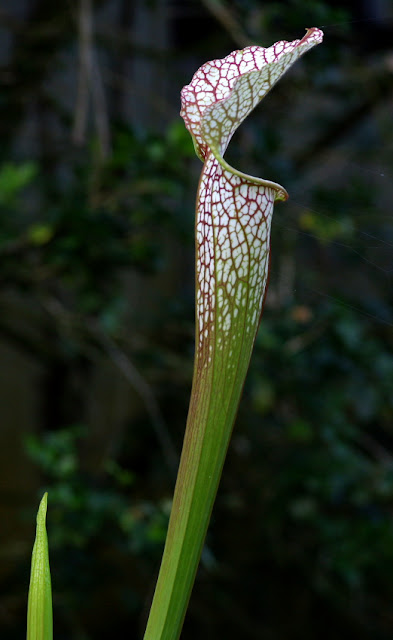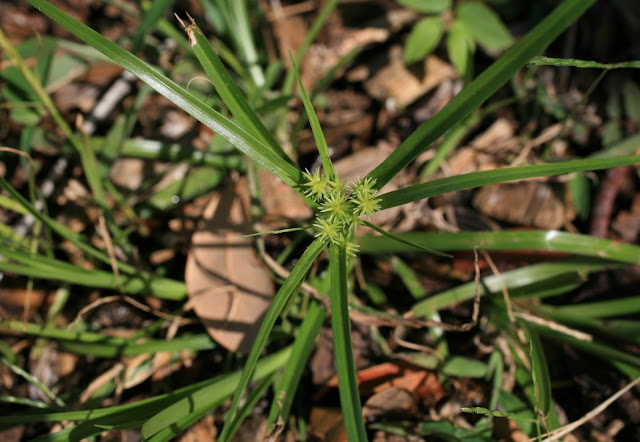 |
| Pentas lanceolata 'Gloria's Heirloom Pink' |
Pentas lanceolata is an evergreen perennial or subshrub native to Africa and Yemen that is commonly used as a flowering landscape plant in frost-free areas and as an annual or houseplant in colder regions. Old-fashioned cultivars are rather large plants that grow to about 4 feet tall and wide, whereas modern cultivars tend to be more compact. Its common names are listed in a variety of references as Egyptian star flower or Egyptian star cluster, but, at least in south Florida, it is never known by those names and it is always referred to by the common name of pentas.
Pentas is very easily cultivated in well-drained but moist soil in full sun to light shade and it is easily propagated from seeds or cuttings, with the cuttings rooting easily in either a glass of water or soil. Poorly drained soils promptly lead to root rot and it struggles in excessively dry soil, thus, it is best to keep it moderately moist and to avoid extreme garden situations. It is much cultivated for the attractive flowers, which are borne throughout the year and come in shades of white, pink, red, magenta, and lavender. The flowers will last about five days when cut and placed in a vase of water and pentas is sparingly used as a cut flower and in flower arrangements.
Pentas is also highly recommended for butterfly gardens as a nectar plant. Unfortunately, modern cultivars are not particularly attractive to butterflies and, if used in butterfly gardens, one needs to seek out the large, old cultivars. One of these is 'Gloria's Heirloom Pink'. It is a selection found by the outstanding native plant gardener, Gloria Hunter, in the 1950s on the island of Palm Beach. It is a vigorous plant with bright pink flowers and in my garden it is a great favorite of honeybees and gulf fritillary, monarch, and queen butterflies. This cultivar is sparingly found in cultivation in the West Palm Beach region, mostly in the gardens of native plant enthusiasts with whom Gloria has generously shared cuttings.
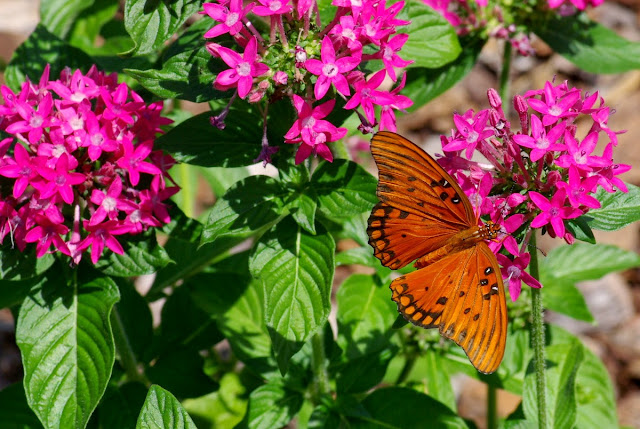 |
| Pentas lanceolata 'Gloria's Heirloom Pink' with a gulf fritillary butterfly (Agraulis vanillae). |
Although pentas has been cultivated in the untold thousands throughout southern Florida, it has not shown invasive tendencies and it has been found outside of cultivation in Florida only in Miami-Dade County. I have seen such wild plants growing in moist, partially shaded, rocky places in Miami-Dade County but they had reverted to their wild form and were scarcely recognizable as pentas. The plants were rather spindly, wispy things barely a foot tall and with dull whitish flowers. I found this unusual since cultivated plants that revert to their wild form are usually more vigorous than the cultivated forms but these were decidedly less vigorous. Also, and perhaps the reason pentas has not shown invasive tendencies, they appeared short-lived, were never found in large numbers, and occurred in sites only where there was little or no competition from other plants.
Images and text © 2013 Rufino Osorio







